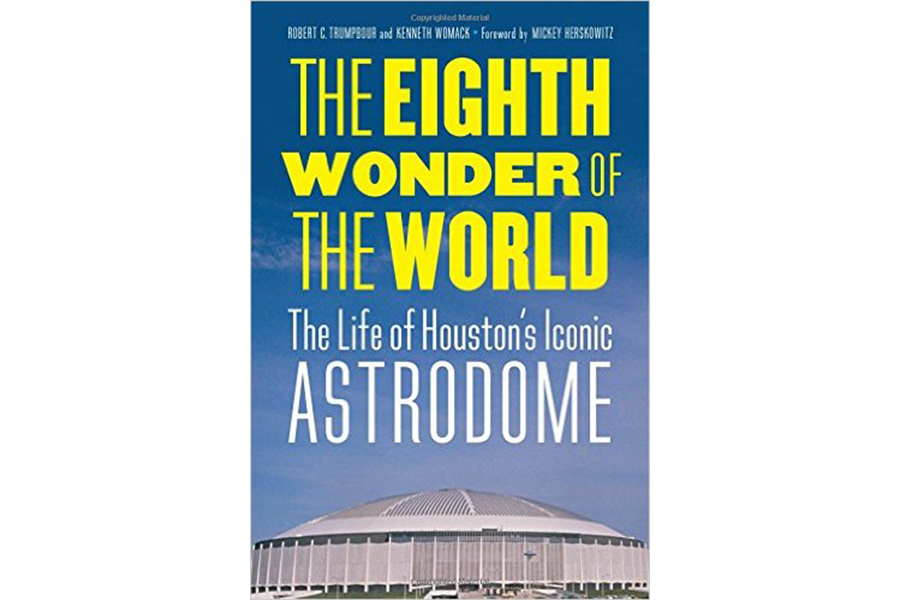Luxury boxes, an animated scoreboard, and a climate-controlled dome came together in the world’s most futuristic sports stadium in 1965. Houston’s Astrodome represented the city’s transformative commitment to a bright, modern future as the home of NASA’s Johnson Space Center. The monstrous facility was tall enough to accommodate a towering baseball popup and large enough to house a full-size football field. Its history includes the development of artificial turf, the Battle of the Sexes tennis match between Billie Jean King and Bobby Riggs, and a UCLA-Houston basketball game that eventually gave rise to holding NCAA basketball championships in mammoth domed stadiums. All the Astrodome’s ups and downs, twists and turns, and debate over its preservation are captured in “The Eighth Wonder of the World” by two college professors fascinated by one of the most influential sports stadiums ever built.
Here’s an excerpt from The Eighth Wonder of the World:
“Thanks to AstroTurf, slick-fielding infielders could turn brisk double-plays, while speedy outfielders could run down fly balls in the far reaches of the Dome. In short order, the Astros’ new stadium was quickly emerging as a pitcher’s park of the highest order.
“Meanwhile, visiting fielders not used to the give and take of the building’s artificial playing surface would find themselves at tenterhooks in the Astrodome’s unfriendly confines as they misplayed what might normally have passed as routine grounders into multibase errors. In he 1980s and 1990s, as the Astros went from being one of the National League’s perennial losers to a league-leading mainstay, AstroTurf was often credited as the team’s secret weapon, as visiting teams, having grown used to the proclivities of natural grass in their cozy traditional stadiums, ventured onto the Astrodome’s slick, unforgiving carpeting and watched their home runs transform into harmless fly balls in the Dome’s vast environs.”





